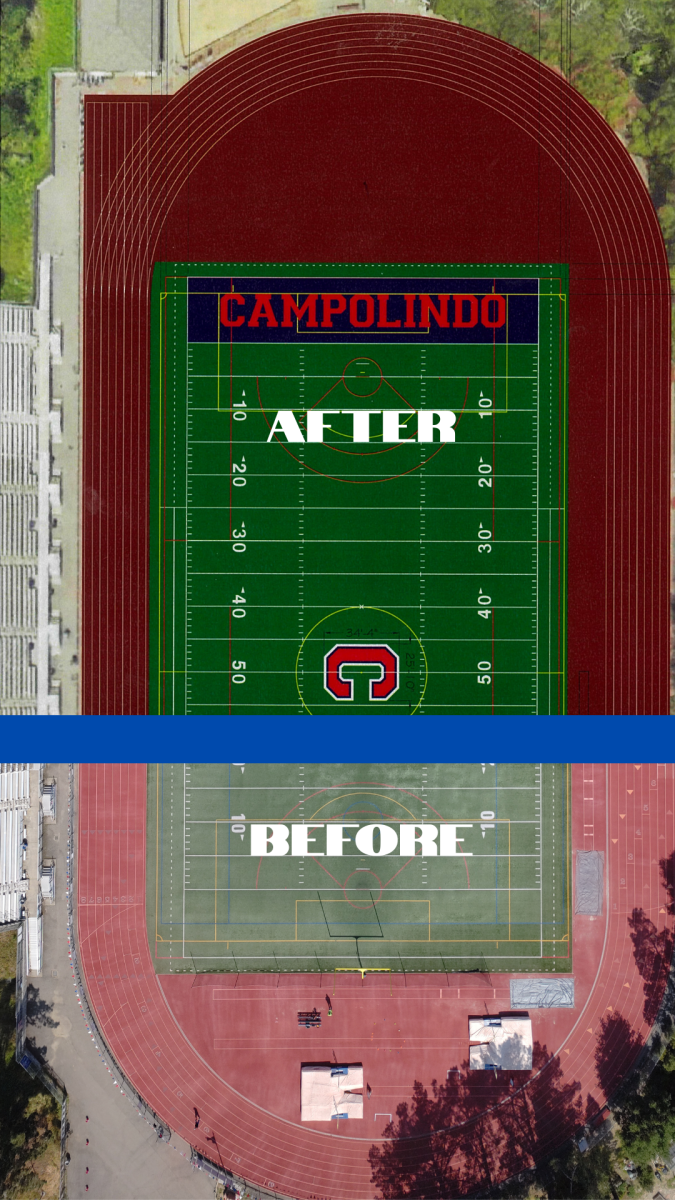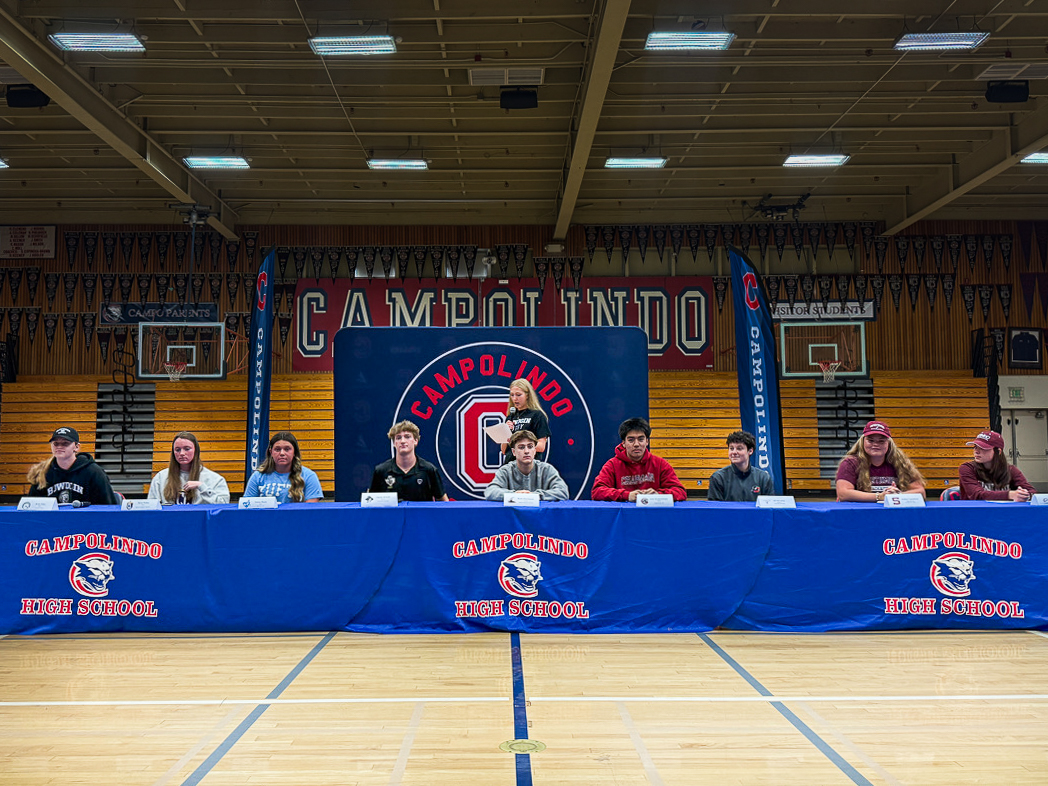The California Interscholastic Federation (CIF) now requires high school coaches to be trained in responding to sudden cardiac arrest, as of January 30.
Cardiac arrest is the sudden loss of heart function, and is not to be confused with a heart attack, which refers to the death of heart tissue that may lead to cardiac arrest, according to the American Heart Association.
Athletic director Tom Renno said, “The coaches have to do an online training, but the goal is to educate coaches about what sudden cardiac arrest looks like and what needs to be done to ensure the safety of the student athletes. But going forward, all coaches for next school year will have this training.”
The National Heart, Lung, and Blood Institute also says that the signs of cardiac arrest usually include fainting, racing heartbeat or dizziness, light-headedness, chest pain, shortness of breath, nausea, or vomiting.
Athletic trainer and physical education teacher Ray Albiento said the new training requirement is “reiterating what they should have learned in CPR [cardiopulmonary resuscitation.]”
When dealing with sudden cardiac arrest, Albiento said that, along with calling 911, it is necessary to get an AED (automated external defibrillator) and start the steps of CPR until help arrives. “The contact sports can possibly have more risk than others, but it can happen with any sport. A kid doesn’t necessarily have to be hit, they just might have a heart condition or something going on that maybe they weren’t aware of, and any student can go down anytime,” he said.
Albiento added how important it was for coaches to receive the training. “A lot of times they are their own first responders,” he said.
“Not every high school has an athletic trainer on their campus, at least in California. I would say that even though there might be an athletic trainer on campus, they’re first responders again. A lot of times, there are different events going on. Like say, me for example. I’m at a baseball game, covering the baseball game, and somebody is in the gym here. They just have practice, and somebody goes into cardiac arrest,” Albiento said.
Renno noted that there have not been any incidents of cardiac arrest at Campolndo, but there have been a series of incidents throughout the state. “There was also an incident about two months ago at a Walnut Creek community center,” he said. “It was a community basketball game, with junior high kids. They were playing basketball on the court, and a student went down and started having a sudden cardiac arrest.”
Renno said that basketball coach Pat Clarkson helped save the student’s life by providing an AED.
Freshman lacrosse player Marc Schultz, who was treated by an Alhambra athletic trainer after breaking his wrist during an away game, thinks that training coaches to respond to medical emergencies is necessary. “I think it wouldn’t be a bad law to be passed, because some of my teammates [have] gotten injured on the field. On both teams too, like we’d see athletic trainers not present, and coaches not knowing what to do,” he said.
Girls’ lacrosse coach Jessica Hoffschneider noted that understanding how to deal with a cardiac arrest is essential. “Fortunately, most of them are very, very rare, but as the adult who’s in charge of supervising each event and each game, we definitely need to be trained how to handle these kind of situations,” she said.
“Student safety is our top priority for us. We have to provide an environment where our students are safe. This training helps achieve that goal,” Renno said.



